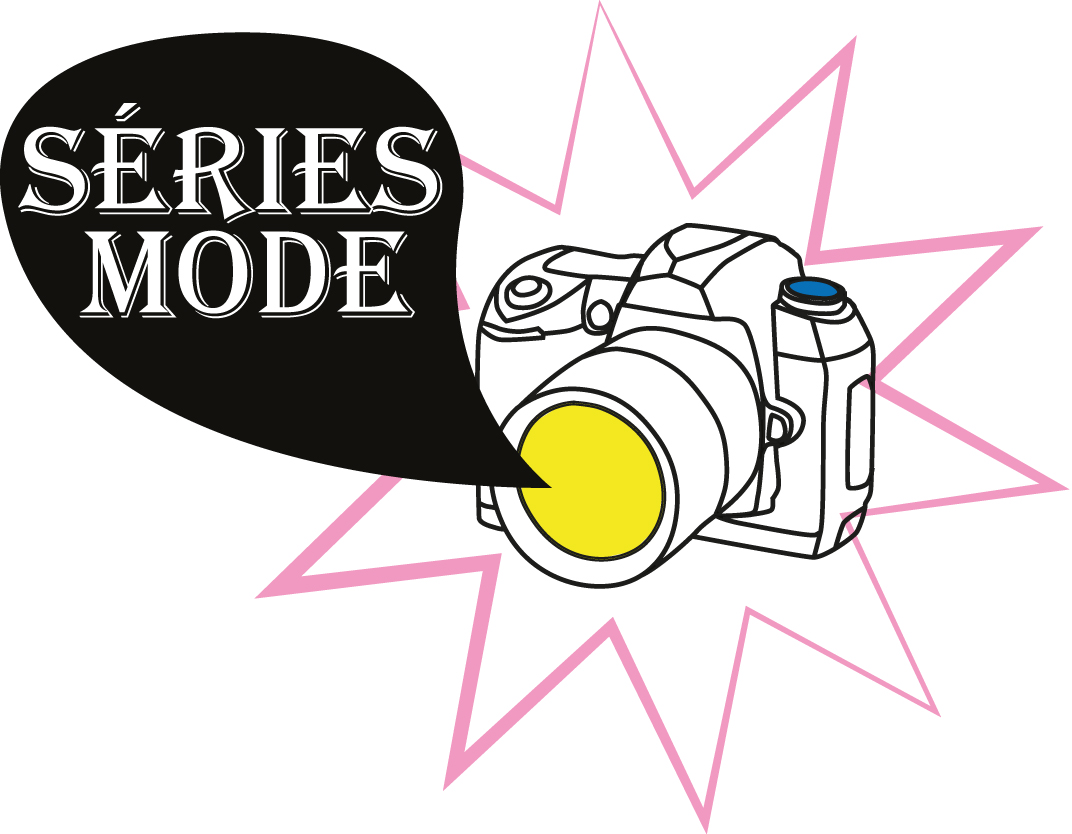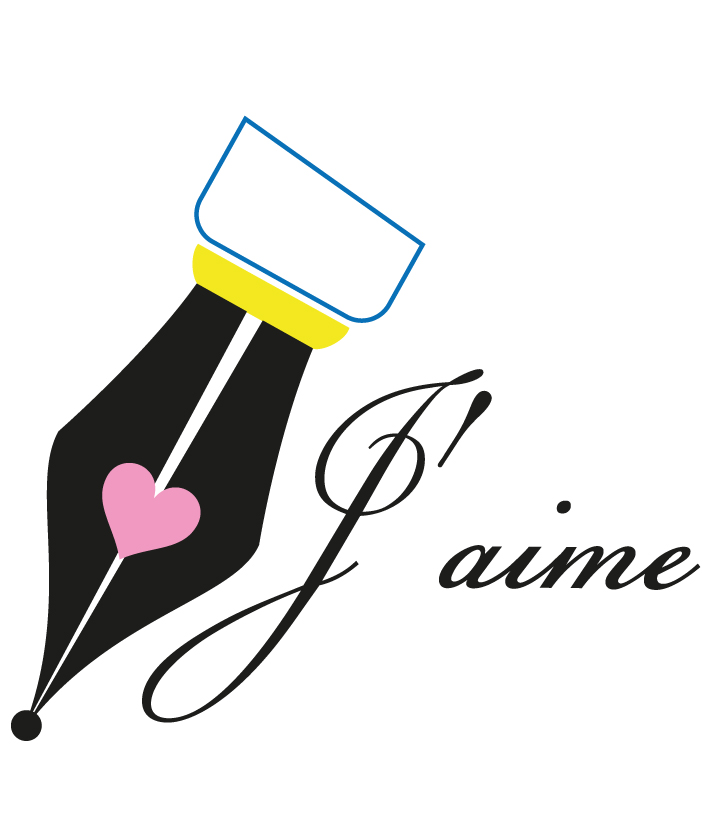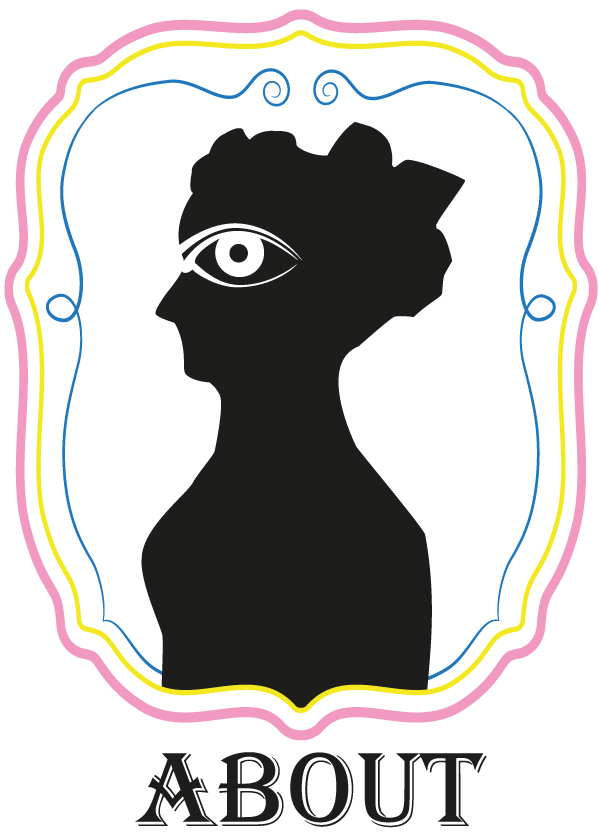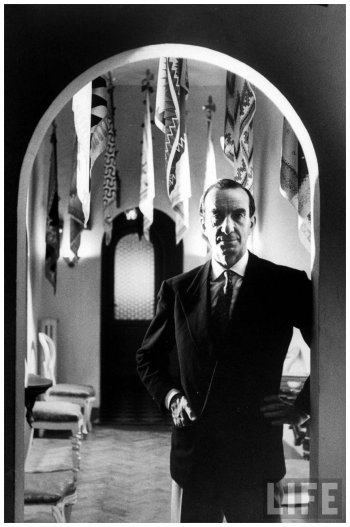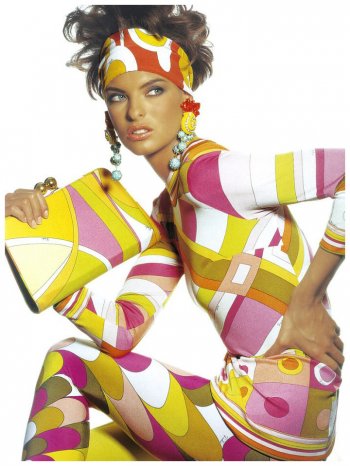For his first collection, Massimo Giorgetti, the new creative director of Emilio Pucci and founder of MSGM, proposed a different vision of the Pucci’s heritage. As Tim Blanks suggested it, last September, in The Business of Fashion, “there wasn’t much that said Pucci”(1). Instead of using predictable Pucci’s codes, the freshly appointed designer chose another direction.
Emilio Pucci is well known for his colourful and swirling prints. In fashion history, his work is deeply connected to the sixties, the Golden Age of this iconic label. His most famous prints are associated to the psychedelic and hippie aesthetic, the pop culture. It’s actually a misconception about the brand to consider that the prints he made have always been abstract. Initially, his work was dominated by figurative patterns and influenced by everything around him: his Italian roots, the architecture, the Palazzo Pucci (the place were he used to live and work), his travels in Asia or Africa.
Picture 1: Emilio Pucci shot in Life Magazine (1960). Picture 2: Iconic print, Linda Evangelista shot by Irving Penn, Vogue US (1990).
There’s definitely much more to say about the Pucci’s legacy. This is what the Italian fashion house intended to do with this Spring/Summer 2016 collection.
A nautical spirit
Back to basics with this nautical collection! Seascapes are a recurring theme in the brand history. Emilio Pucci was one of the first designers of his time to design beachwear and summer collections. He opened his first store on Capri’s island in 1949, a resort for intellectuals, artists and aristocrats. He had this idea that dressing should be easy. Clothing were not particularly liberating for women during this Post-war period and he was the first one to design fun, practical and sporty clothes for jet-setters. Massimo Giorgetti kept this nautical spirit with different shades of blue, figurative drawings (colourful fishes, sea shells) and striped dresses and tops:
Pictures 3,4,5: silhouettes inspired by the sea.
He has drawn his inspiration from early fifties and sixties prints:
Picture 6: "Gaviota IV" special edition scarf, no date. Picture 7: "Gioielli del Mare"scarf, 1950. Picture 8: "Pesci" scarf, 1969.
These sleek (split skirts, wide-leg trousers) and sporty silhouettes (sweaters, bomber jackets) are balanced by rich embroideries (sequins, lace, patterns). It brings a “couture” aspect as well as a glamourous twist (sequins) to the whole collection.
Pictures 9,10, 11: laid-back & sporty silhouettes, Pictures 12,13,14: rich embellishments.
Pictures 14 bis & 14 ter: embroideries details.
Splashes of colours and vivid silhouettes appear as a watermark on a few outfits: a subtle way to refer to the brand’s symbols.
Pictures 15, 16, 17: bright silhouettes.
During the MFW, Massimo Giorgetti insisted on the modernity of the collection. It’s about “NOW”, the present time, not the past. Futuristic accessories such as big glasses (googles) and fluffy sandals are a reminder of this idea along with the music of the show (The Strokes).
Pictures 18, 19, 19 bis: some kooky accessories from the show.
The Pucci’s signature
It has contributed a lot to shape the Pucci’s identity. Some pieces of the collection have indeed the word “Emilio” written in cursive. In the fifties, Emilio Pucci has been one of the first designers to acquire a recognizable high status label and a signature style. Pucci were copied a lot and the authenticity of a Pucci garment could only be verified when the signature “Emilio” was on the print.
Picture 20: the Pucci's signature. Pictures 21, 22: silhouettes from the show with the new Pucci's signature.
Being part of the Italian aristocracy, the Pucci family emblem is a Moor’s head. It appears in a more modern way (branding) on some relaxed pieces of the collection.
Picture 23: The emblem of the Pucci family. Picture 24: The Pucci monogram.
(1) Blanks, Tim, Emilio Pucci wants to sign your spine (The Business of Fashion, 2015).
